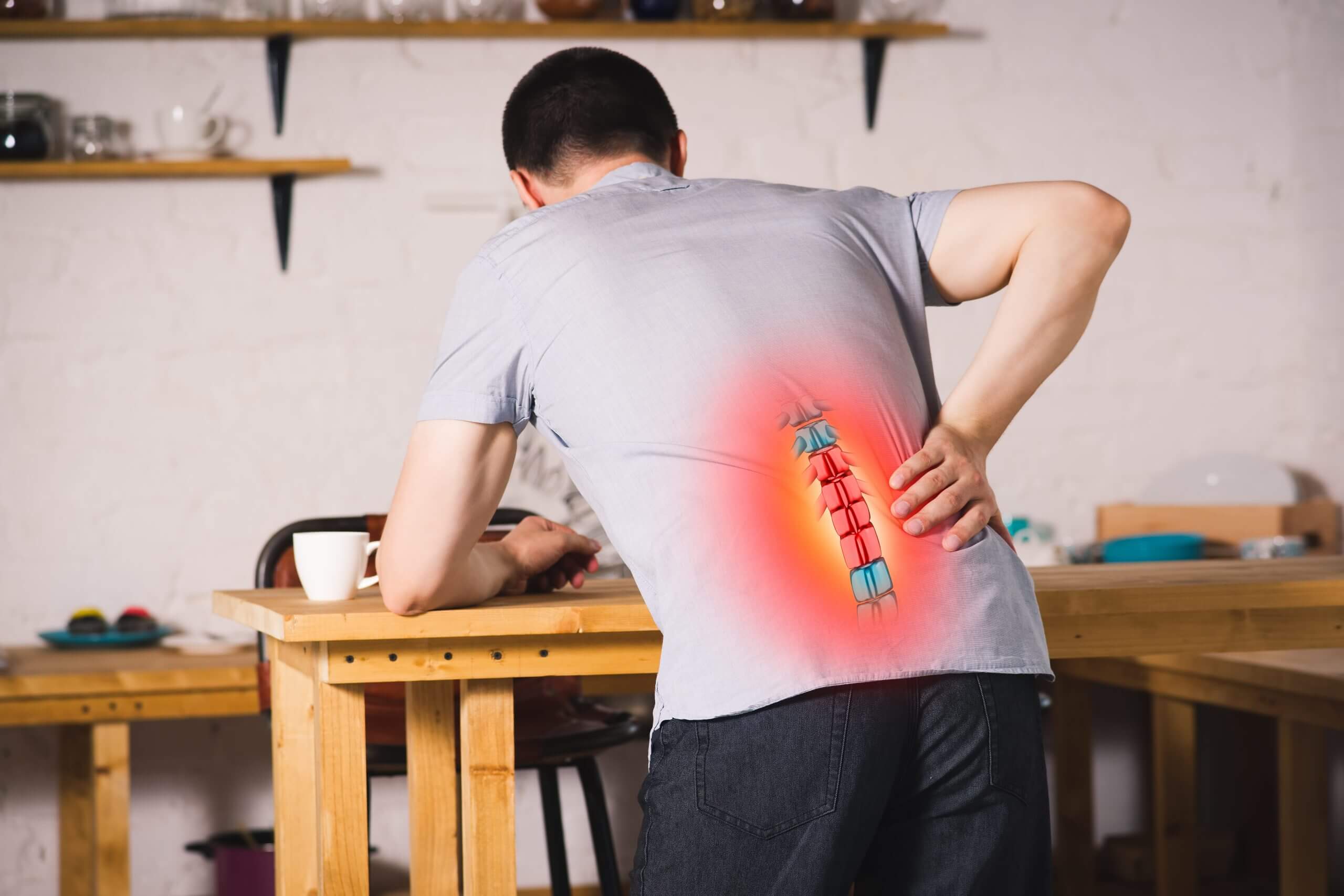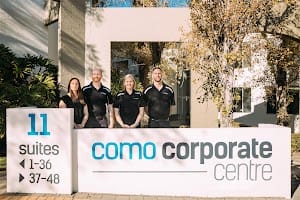
Our hips are the unsung heroes that enable a whole bunch of body movements. Hips make standing up, running, sitting, walking, and jumping possible. So it’s little surprise that these muscles often hold a lot of tension. Tightness in the hips can be debilitating, sore, and a downright painful experience. But exercises for tight hips aren’t as simple as a shoulder rub – mainly because of their location. Sometimes it helps to access these hip muscles with a spikey ball – a proven method of pain relief and easing symptoms.
Spiky Ball Exercises For Tight Hips
Whether you spell it spiky or spikey, loosening tension with a spiky ball is a simple and effective way to relieve inflammation. After completing these exercises, you should notice less stiffness and more mobility. Grab your spiky ball and find a flat wall – here goes.
Exercise 1 “Gluteus Medius”
This exercise targets the Gluteus Medius – one of the main muscles that provides movement of the hip joint and helps with hip rotation, walking, and running and maintains structure by stopping the opposite side of the pelvis from dropping down when you’re on the move. Releasing this muscle is important if you’re experiencing tightness in the hip.
- Find a free area of the wall and stand up next to it and place the spiky ball between the wall and your hip, it should sit on the soft part of the hip between the pelvic bone and the outside of your leg bone.
- Gently work it back and forth, if you find a soft spot, focus your attention on that area.
- Switch sides.
Exercise 2 “Gluteus Maximus”
Our Gluteus Maximus is the main extensor muscle within the hip – and it’s also the largest and most heavy muscle in the body. While it’s not essential for walking – it has a lot of work to do in keeping us stable and upright and allowing us to climb, go upstairs, and run. These muscles can get very tight from everyday activities and you’ll know because releasing them can often feel amazing.
- Place the spiky ball on the centre of the buttock and hold it there against the wall.
- Use your hands to support yourself against the wall on either side – move side to side.
- Feel for the tight spots and shift to up and down movements for variation.
Exercise 3 “Tensor Fascia Latae”
The Tensor Fascia Latae, or TFL, is the front ‘hip pocket’ muscle. It helps stabilise us by connecting our hips to our knees and ankles. It may be smaller than the other hip muscles but it has a lot of important work in coordinating the movement and mobility of the upper and lower body. It’s not often this muscle gets attention so be prepared for it to be tight.
- Facing the wall but at a slight angle, move the spikey ball to the front corner of your hip.
- Give yourself stability by placing both hands on the wall.
- Relax and breathe as you lean into the wall, allowing the spikey ball to massage the front of the hip.
If pain or discomfort persists, make sure to consult a physio for hip pain. Getting a professional opinion is important for getting to the root of the issue.
Common Causes Of Hip Pain
It’s not uncommon after a long day’s work or long periods of standing or exercising to feel stiffness in the hip. Being such a crucial muscle in everyday movement, it’s only natural that long shifts or heavy exercise will result in tight hip muscles. Here are some of the most common causes of hip pain:
- Osteoarthritis, tendonitis, muscle imbalances and deconditioning are some of the most common causes of chronic hip pain – this range of problems can cause inflammation in the various structures and reduce range of motion and mobility.
- Repeat activities and strenuous workout regimes can also cause inflammation when muscles are overused.
- Hip fractures can become more common with age, as bones begin to weaken and can cause pain when straightening legs or sitting up, standing, or walking.
Putting Hip Pain Behind You – Long Term Solutions For Tight Hips
One of the best ways to deal with long-term hip pain is by incorporating spiky ball hip flexor exercises into your daily routine. While symptoms are sometimes difficult to get rid of entirely, daily exercises for tight hips can be extremely helpful in managing chronic hip pain symptoms.
If you need a personalised hip exercise programme to get you started, or feel any persisting pain in your hips get in touch with a physiotherapist – our team at Integrity Physio is ready to help you with a solid action plan.




